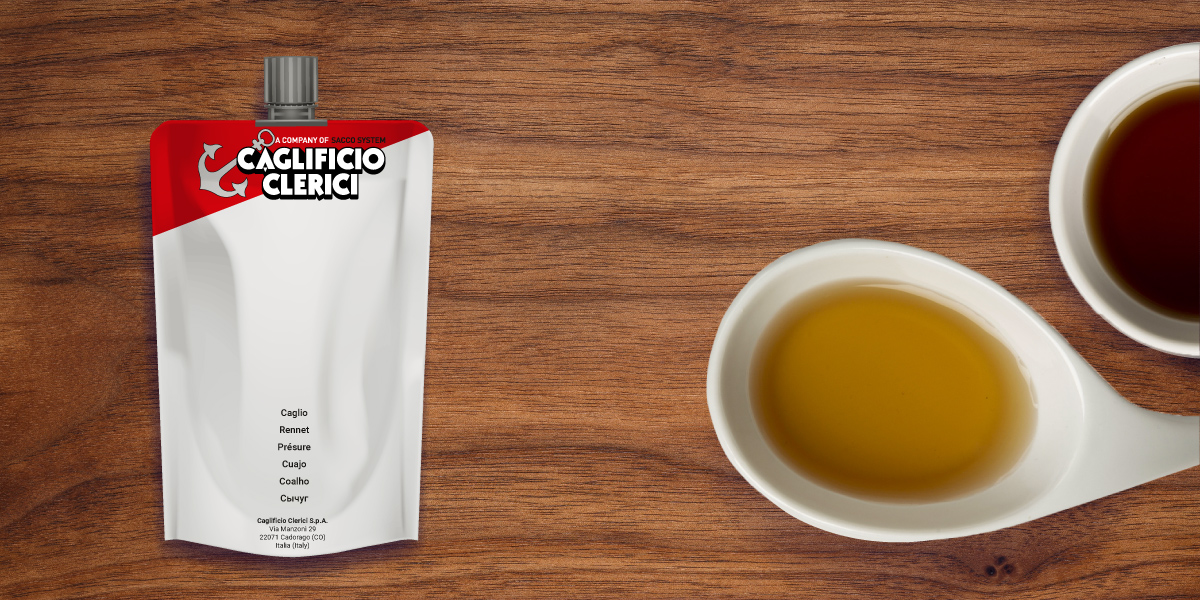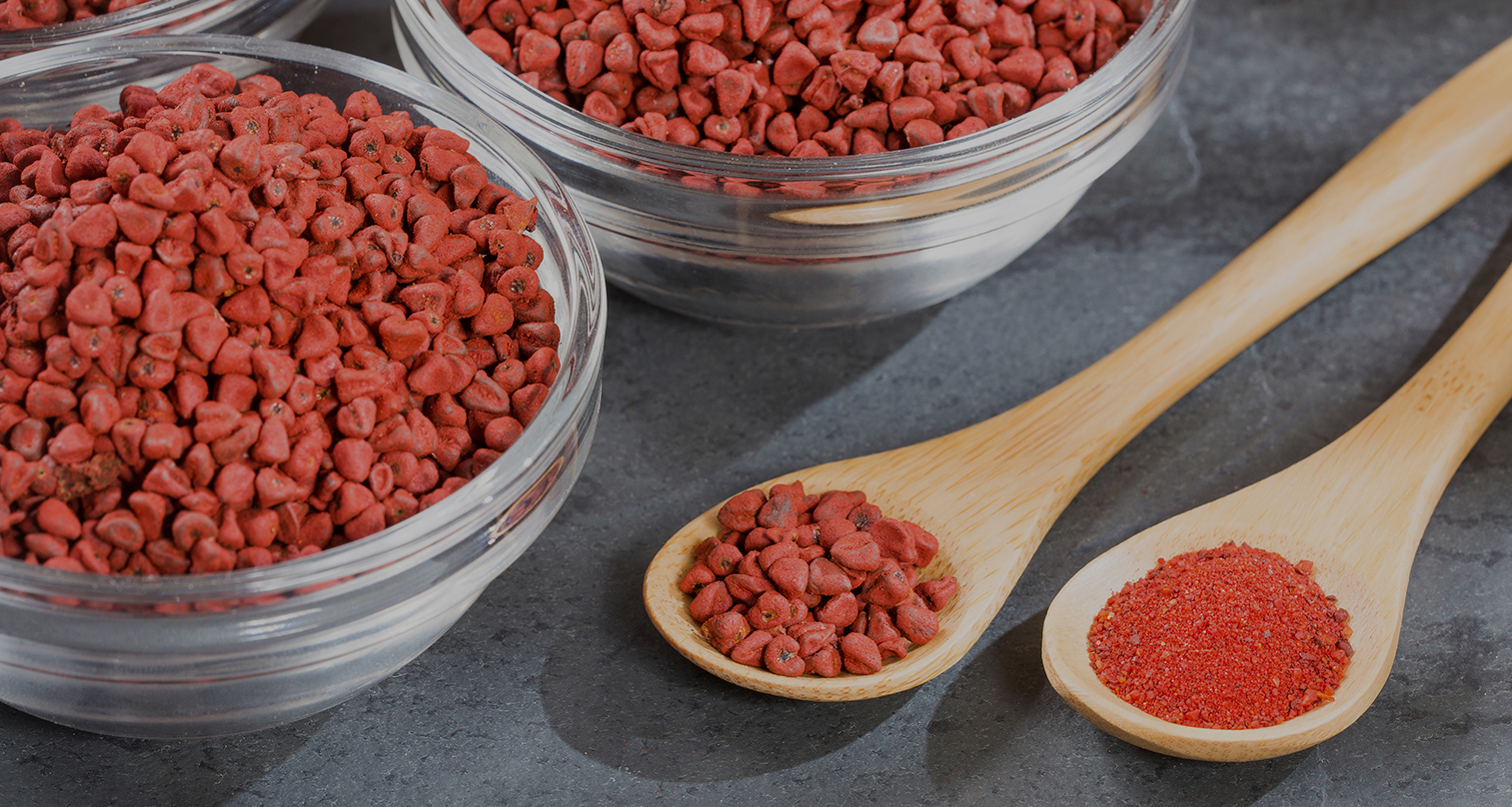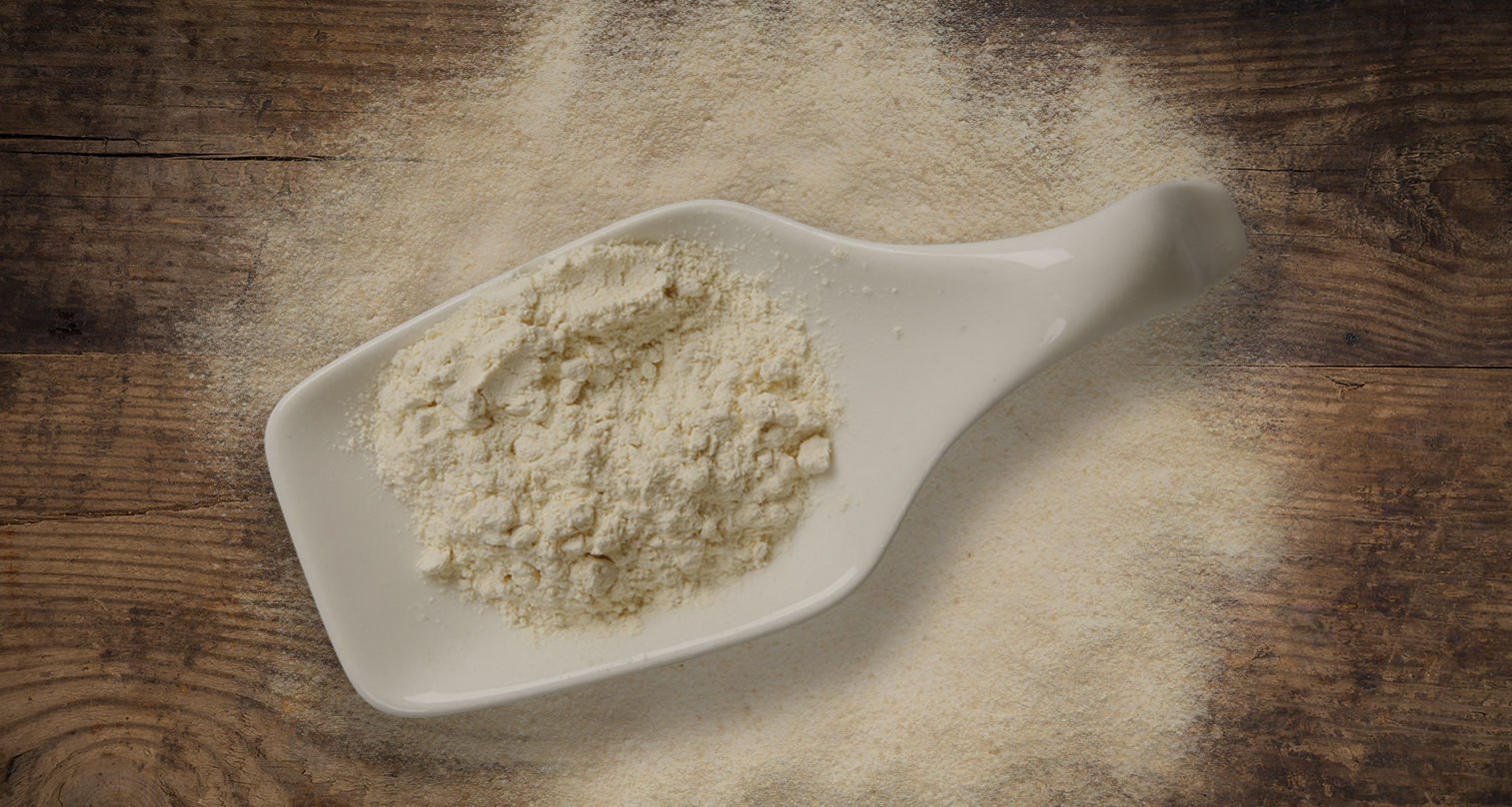
Tradition Gets a Makeover: New Sustainable Packaging for Clerici Liquid Rennet
At Caglificio Clerici, we understand that every activity we undertake has a significant impact on the environment and the people […]
The science journal Food Chemistry has published research work which describes a scientific method capable of measuring the authenticity of animal rennet.
The global SARS-CoV-2 pandemic has been a gamechanger for markets worldwide and the dairy sector was no exception to this. The abomasums of suckling calves are an essential requirement for rennet production and obviously, this implies the slaughter of newborn livestock. The restrictions of the past year have led to a reduction in calf butchering due to a loss of custom in the HORECA sector and less active slaughterhouses.
This is turn has triggered a surge in prices for abomasums and consequently rennet producers have also had no other choice than to raise their prices. One way to cope with this situation has been to scientifically demonstrate the authenticity of rennet and its unique properties.
The chymosin in animal rennet is a protease that coagulates the casein in milk, causing it to precipitate and form curds which are essential for cheesemaking. Animal rennet is extracted from the stomach (abomasum) of nursing calves, kid goats or lambs. It was the first kind of rennet in existence and is still today the only kind of authorised rennet in Italy and France for the production of P.D.O. cheeses (such as Parmigiano Reggiano and Grana Padano).
Various other kinds of coagulant exist (vegetable and microbial), but that which is most closely comparable to real rennet in terms of coagulating power is known as recombinant or genetic chymosin obtained from genetically-modified organisms which work in a similar way to animal rennet, but with the advantage that it is much cheaper to make.
This has made it necessary to develop methods which allow us to pinpoint the origin of the chymosin (whether it comes from animal rennet or a recombinant coagulant).
Research conducted by the Edmund Mach Foundation (Centre of Research & Innovation) and the C3A – (Centre of Agriculture, Food & Environment) in partnership with Caglificio Clerici, Sacco S.r.l. and Caglio Bellucci S.r.l has led to the development of a method which analyses the isotope ratio of the nitrogen (i.e. the 15N/14N ratio expressed in δ15N) contained in chymosin.
This method has turned out to be surprisingly revealing because the δ15N values of animal rennet vary from + 5.7 ‰ to+ +8 ‰ while the δ15N values of recombinant chymosin are significantly lower, ranging from -5.3 ‰ to 2.2 ‰.
This method detects both a percentage addition of genetic chymosin to animal rennet and its complete substitution.

At Caglificio Clerici, we understand that every activity we undertake has a significant impact on the environment and the people […]

What is annatto and where does it come from? Annatto, otherwise known as Norbixin, Orlean or Natural Orange (industrial reference number E 160b) is a yellow-reddish […]

What Natamycin is and what is it for Natamycin (indicated on the label as preservative E235) is a chemical, antibiotic and […]